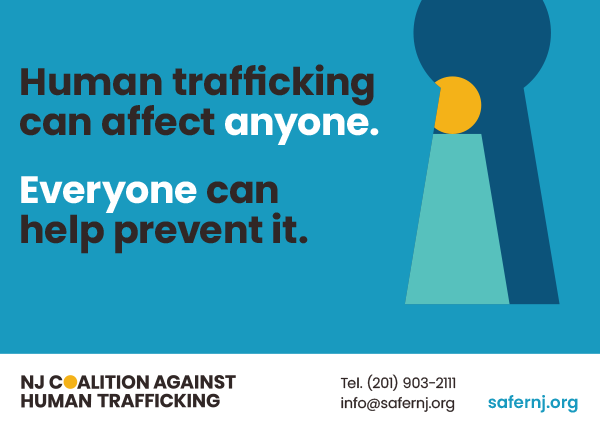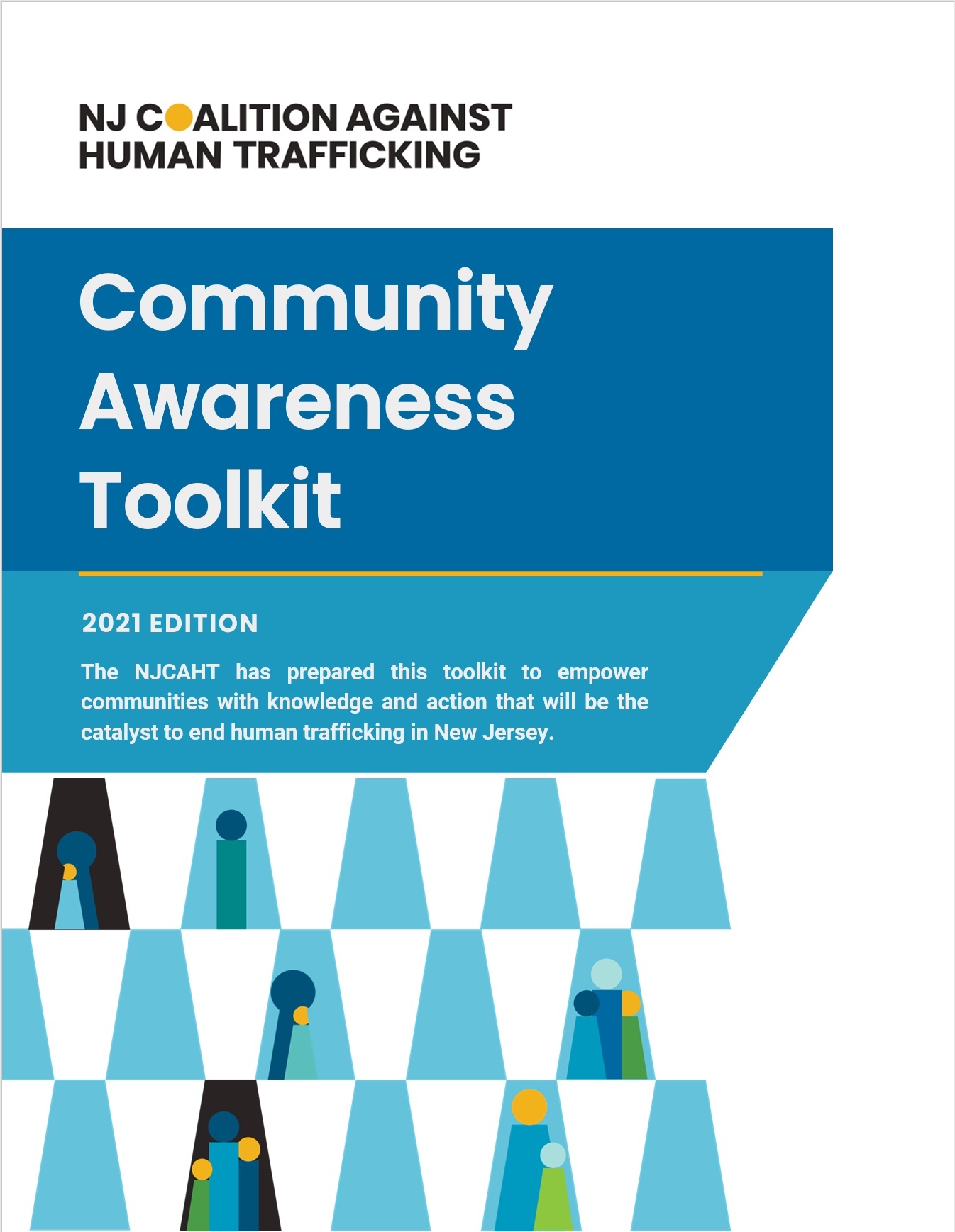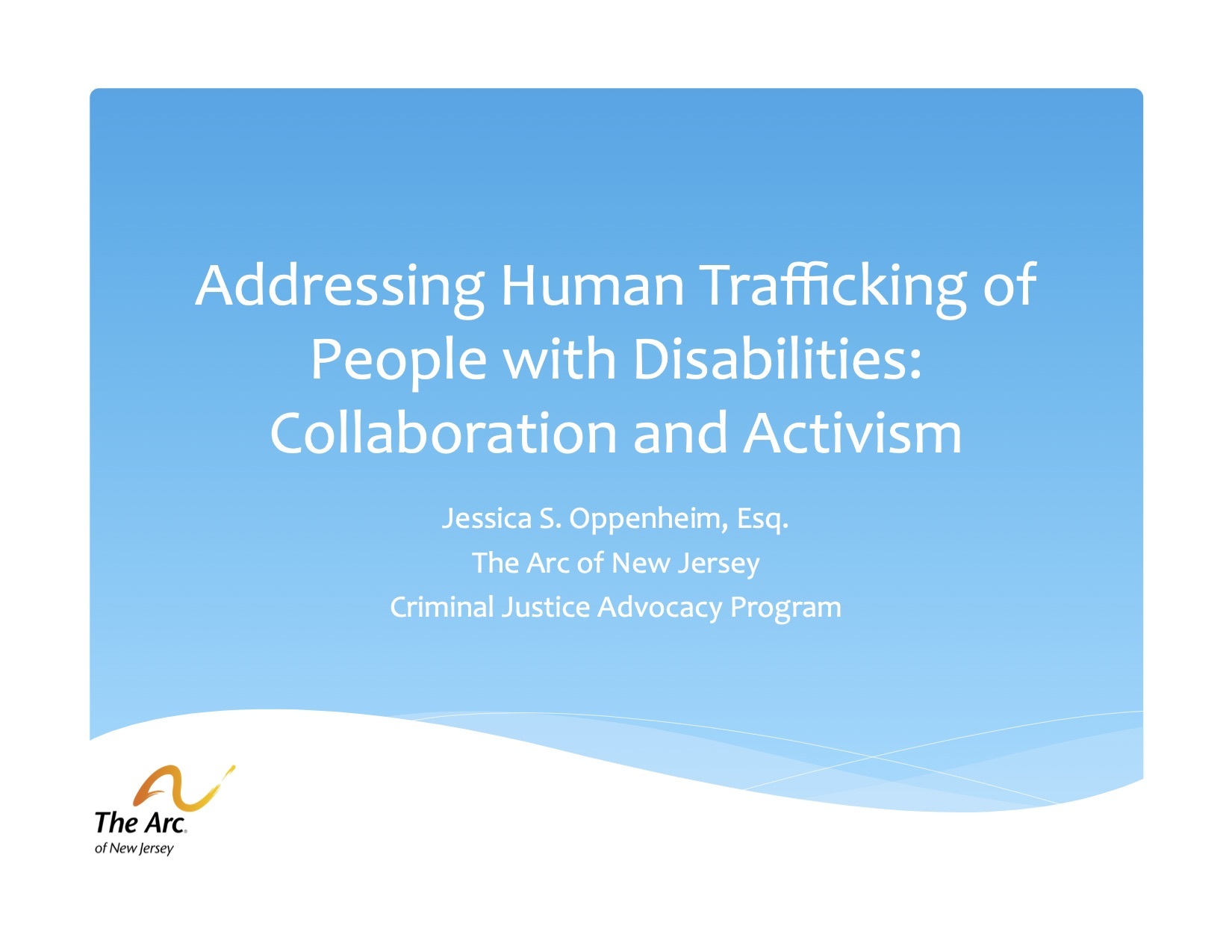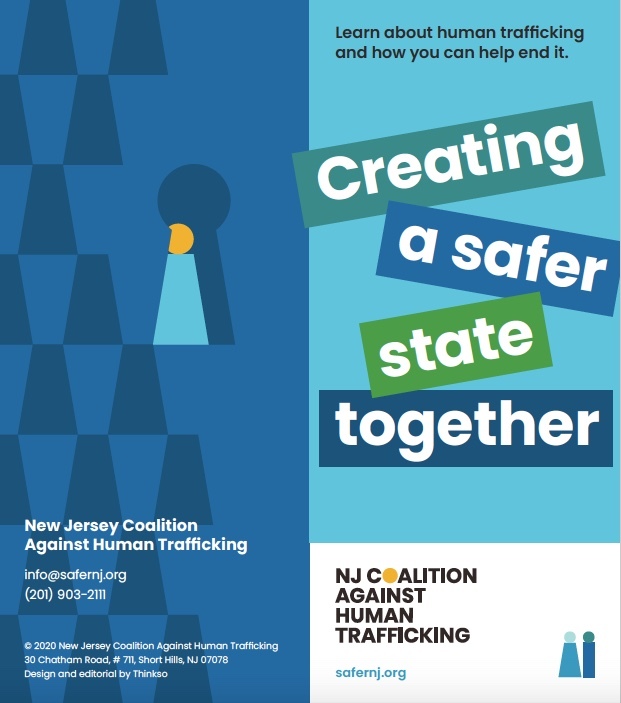Learn About Human Trafficking
What is human trafficking?
Human trafficking is the recruitment, harboring, transportation, provision, or obtaining of a person through the use of force, fraud, or coercion for the purpose of forced labor or sexual exploitation. Any child under the age of 18 induced to perform a commercial sex act is automatically a victim of human trafficking—and force, fraud, or coercion does not need to be proven. NJCAHT’s prevention educational brochure and RED FLAGS postcard have additional details about human trafficking and how to prevent it.
Watch our videos
On Sex Trafficking and Labor Trafficking
Watch a recorded Human Trafficking 101 Training
Featuring Cristian Eduardo and Wincey Terry-Bryant
You can request a training for your group on this page.
For a Spanish version of this training please go to this page.
What are the signs of human trafficking?
Knowing what to look for is a powerful step in helping prevent human trafficking. Look out for these RED FLAGS in your community.
Additional signs of human trafficking may include the following:
The individual(s) in question:
- Is not free to leave or come and go as they wish.
- Is under 18 and is providing commercial sex acts.
- Is in the commercial sex industry and has a pimp/manager.
- Is unpaid, paid very little, or paid only through tips.
- Works excessively long and/or unusual hours.
- Is not allowed to take breaks, or suffers under unusual restrictions at work.
- Owes a large debt and is unable to pay it off.
- Was recruited through false promises concerning the nature and conditions of their work.
- Lives and/or works in an environment with high security measures—including opaque windows, boarded up windows, bars on windows, barbed wire, security cameras, etc.
- Is fearful, anxious, depressed, submissive, tense, nervous, or paranoid.
- Exhibits unusually fearful or anxious behavior after bringing up law enforcement.
- Avoids eye contact.
- Lacks knowledge of whereabouts and/or does not know they are located.
- Has lost any sense of time.
- Claims to be visiting but is unable to clarify where exactly they are staying.
- Has numerous inconsistencies in their story.
The individual(s) in question:
- Lacks health care.
- Appears malnourished.
- Shows signs of physical and/or sexual abuse—including physical restraint, confinement, or torture.
The individual(s) in question:
- Has few or no personal possessions.
- Is not in control of their own finances, financial records, or bank account.
- Is not in control of their own identification documents, such as a license or passport.
- Is not allowed or able to speak for themselves—a third party insists on being present and/or translating.

If you see something that you think might mean someone is being trafficked, do not intervene. Keep yourself and the victim safe by calling one of the human trafficking hotlines for help.
Glossary of terms
The following terms are all forms or elements of human trafficking.
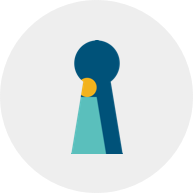
Human trafficking
The recruitment, harboring, transportation, provision, or obtaining of a person through the use of force, fraud, or coercion for the purpose of forced labor or sexual exploitation. Any child under the age of 18 induced to perform a commercial sex act is automatically a victim of human trafficking—and force, fraud, or coercion does not need to be proved.
(Source: New Jersey Coalition Against Human Trafficking)
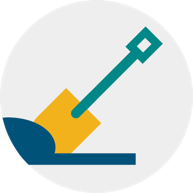
Labor trafficking
The act of a person performing labor or services through the use of force, fraud, or coercion—including debt bondage, forced labor, and involuntary child labor.
(Source: National Human Trafficking Hotline)

Sex trafficking
The act of a person performing commercial sex through the use of force, fraud, or coercion in venues such as massage businesses, escort services, residential brothels, in public on city streets and in truck stops, strip clubs, hostess clubs, hotels and motels, and elsewhere.
(Source: National Human Trafficking Hotline)
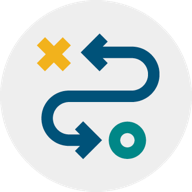
Grooming
The act of someone building a relationship, trust, and emotional connection with a child or young person so they can manipulate, exploit and abuse them. Children and young people who are groomed can be sexually abused, exploited or trafficked.
(Source: National Society for the Prevention of Cruelty to Children)
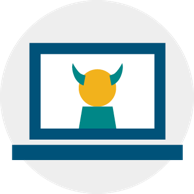
Sextortion
An online exploitation crime directed towards children in which non-physical forms of coercion are used, such as blackmail, to acquire sexual content from the child, engage in sex with the child, or obtain money from the child.
(Source: National Center for Missing and Exploited Children)
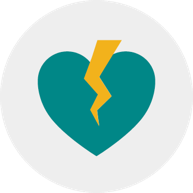
Trauma bonding
Although definitions vary, the most common meaning is when the trafficker uses rewards and punishments within cycles of abuse to foster a powerful emotional connection with the victim—including taking on a role of “protector” to maintain control of the victim, create confusion, and develop a connection or attachment, which may include the victim feeling a sense of loyalty to or love for the trafficker.
(Source: U.S. Department of State)
FAQs
There is no one consistent face of a victim. Trafficked persons in the United States can be men or women, adults or children, foreign nationals or U.S. citizens. Some are well-educated, while others have no formal education. Human trafficking is a crime that can affect anyone, regardless of race, nationality, gender, age, and socio-economic background.
While anyone can become a victim of trafficking, certain populations are especially vulnerable—including undocumented immigrants, runaway and homeless youth, and oppressed, marginalized, and/or impoverished groups and individuals. An estimated 50%+ of victims are minors, under the age of 18. Under U.S. law, any person under 18 involved in the commercial sex industry is considered a human trafficking victim.
Yes. Human trafficking is a crime under international, federal, and state law. In the US, the Trafficking Victims Protection Act (TVPA) of 2000 is the first comprehensive federal law to address trafficking in persons. The law provides a three-pronged approach that includes prevention, protection, and prosecution. The federal definition of human trafficking includes both U.S. citizens and foreign nationals—both are protected under the federal trafficking law and have been since the Trafficking Victims Protection Act of 2000. Human trafficking encompasses both transnational trafficking that crosses borders and domestic or internal trafficking that occurs within a country.
No. Although the word “trafficking” sounds like movement, the federal definition of human trafficking in the US does not require transportation. In other words, transportation may or may not be involved in the crime of human trafficking—and it is not a required component.
No—both are entirely separate federal crimes in the US. Smuggling is a crime against a country’s borders and requires illegal border crossing. Human trafficking is a crime against a person and involves labor, services, or sexual exploitation that is induced through force, fraud, or coercion.
No. Under federal law, an individual who uses physical or psychological violence to force someone into labor, services, or commercial sex acts is considered a human trafficker. Some victims experience beatings, rape, and other forms of physical violence. Other victims are controlled by traffickers through psychological means, such as threats of violence, manipulation, and lies. In many cases, traffickers use a combination of direct violence and mental abuse.
Due to the covert nature of the crime and significant under-reporting, the total number of victims of human trafficking within the United States is still being researched by the government and academic professionals. Human trafficking is estimated to claim up to 25 million victims worldwide, with 50,000 victims trafficked in the United States each year. Yet only 247 cases of sex and labor trafficking were reported in New Jersey in 2019.
Trafficking can involve school-age children—particularly those not living with their parents—who are vulnerable to coerced labor exploitation, domestic servitude, or commercial sexual exploitation (i.e. prostitution). Sex traffickers target children because of their vulnerability and gullible nature, as well as the market demand for young victims. Those who recruit minors into prostitution violate federal anti-trafficking laws, even if there is no coercion or movement across state lines. The children at risk are not just high school students—studies show that pimps prey on victims as young as age 12. Traffickers have been reported targeting their minor victims through phone chat-lines, clubs, on the street, through friends, and at malls, as well as using girls to recruit other girls at schools and after-school programs.
Often, and unfortunately, no. Victims of human trafficking often do not seek help immediately, due to lack of trust, self-blame, or being directly trained by traffickers to distrust authorities. Many victims trafficked into the US also do not speak or understand English, and are thus unable to ask for help.
While human trafficking does occur in illegal and underground markets, it can also occur in legal or legitimate settings. For example, common locations of human trafficking include private homes, hotels, nail and hair salons, restaurants, bars, strip clubs, and fake massage businesses.
If certain behaviors and elements of control are present, yes. In the Trafficking Victims Protection Act of 2000, a severe form of sex trafficking is a crime in which a commercial sex act is induced by force, fraud, or coercion, or in which the person induced to perform such an act has not attained 18 years of age. Pimps, who are motivated by the opportunity to make money, sell people in the commercial sex industry—mostly women and girls—by using numerous methods to gain control over their bodies and minds. Many of these behaviors directly meet the definitions of force, fraud, or coercion that are the central elements of the crime of human trafficking.
Each of us can play an important part in stopping human trafficking in our community and around the world. We encourage you to:
- Educate yourself, your family and friends, and your community about human trafficking. You can start by requesting one of our speakers.
- Advocate for national and state policies and legislation directed toward ending human trafficking.
- Encourage your town to issue a proclamation in support of Human Trafficking Awareness Day on January 11.
- Give time and money to organizations that fight trafficking and provide services to survivors.
- Post NJCAHT’s RED FLAGS postcard, which includes resources for help, in strategic locations.
CSAM refers to any visual depiction of sexually explicit conduct involving a minor. We support the usage of the term CSAM "most accurately reflects what is depicted – the sexual abuse and exploitation of children. Not only do these images and videos document victims’ exploitation and abuse, but when these files are shared across the internet, child victims suffer re-victimization each time the image of their sexual abuse is viewed."
Other Resources
Access NJCAHT’s latest reports and protocols to identify and combat human trafficking.


